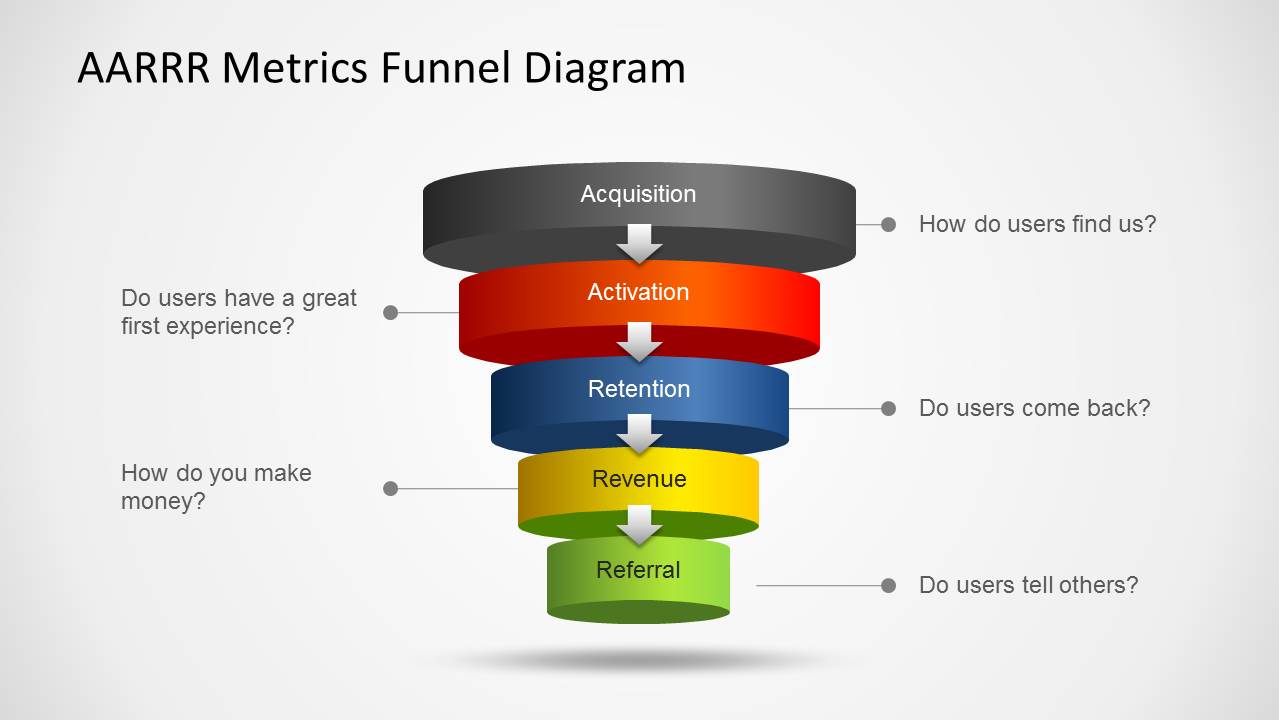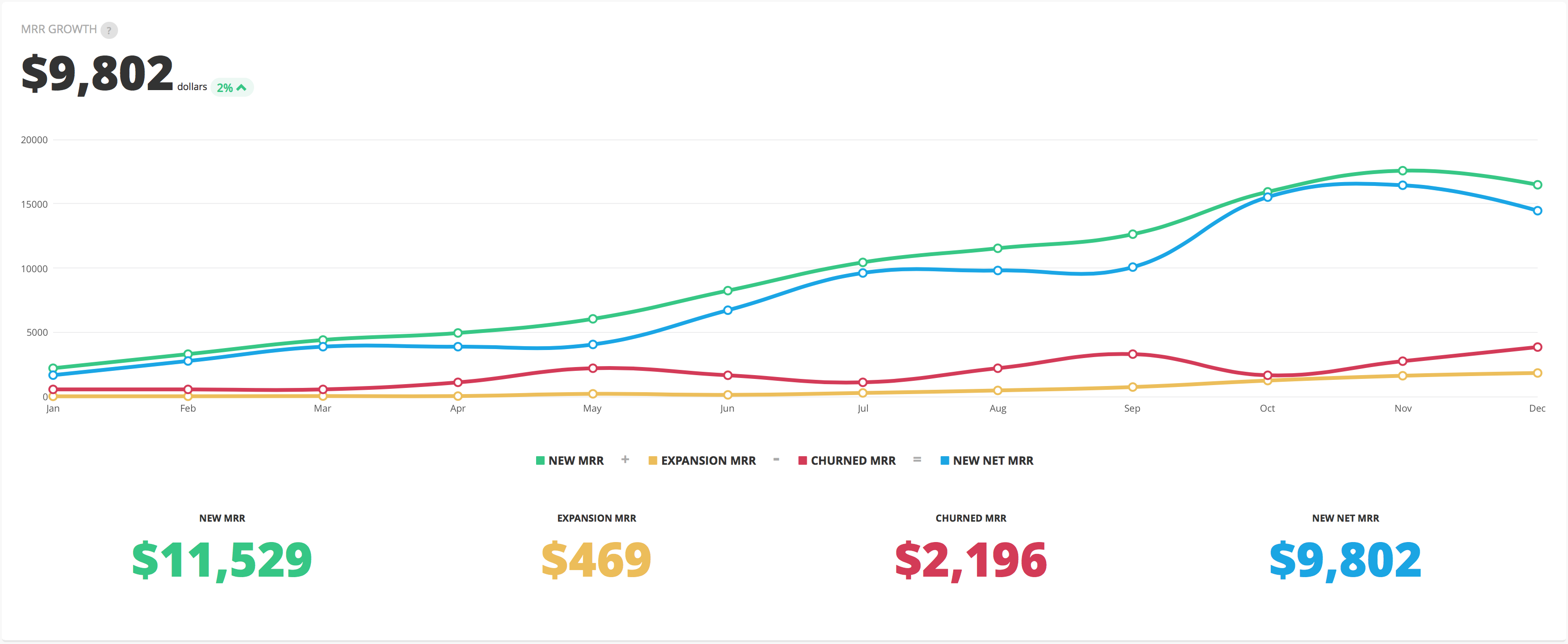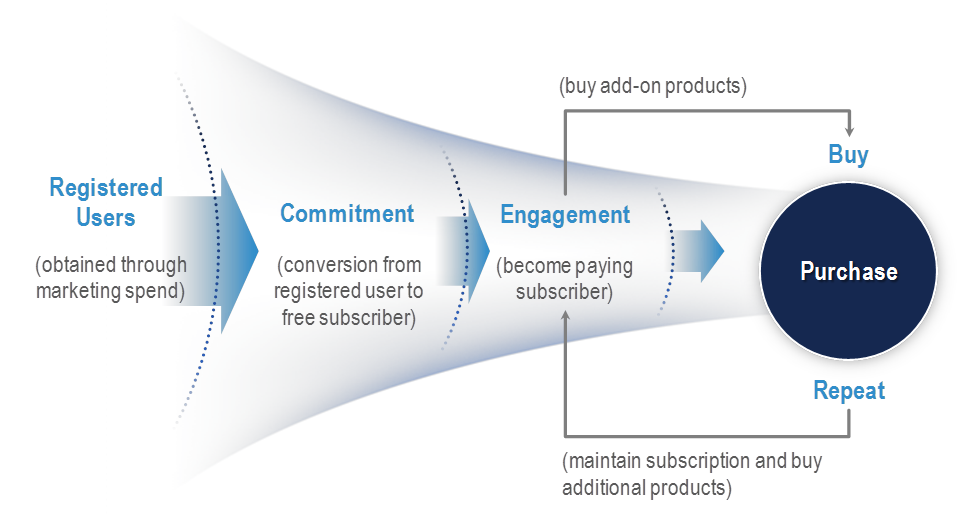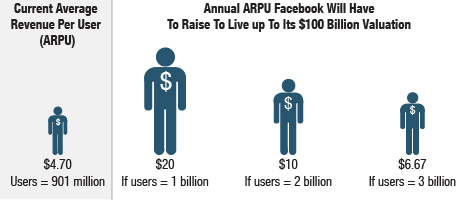To grow businesses and acquire a plenty of customers, a software-as-a-service business has to face a wide range of challenges. The fact that these services (and their managers) need to focus their attention on generating recurring revenue, retaining customers, and attracting new customers at a reasonable acquisition cost makes this concept even more bewildering. But don’t be afraid – we will show you the way to keep your SAAS businesses afloat and �profitable�.
You have to know a sufficient amount of information about KPI, or Key Performance Indication. Simply put, it’s a set of metrics for tracking a business. While modern bloggers would suggest a hundred of different KPIs for you to track (which is hardly possible), we pointed out seven of them – the most important for SAAS businesses. We do not want to say that other bloggers do the wrong thing. The catch is – you need to track only important metrics and not waste time on insignificant issues. It will be much easier to keep track of how your business is progressing. By limiting yourself and choosing only important measures (which was conveniently made for you in this article), you help yourself focus attention on the swift development of the services you provide. Now let’s look at our list of KPIs.

1. Recurring Revenue
With SAAS businesses, you need to spend money and build the product long before you acquire the audience and make your services profitable. And, unlike standard software businesses, your customers do not pay upfront – you collect subscriptions (monthly, annually…) at small amounts. You will indeed have to survive long enough to make money out of your services. Therefore, building a sustainable business becomes your first and the most significant aim. We recommend you to track monthly recurring revenue – the amount of revenue you expect to add or lose every month. This number is quite hard to calculate because you need to take into account various measures, including unexpected ones. However, your business will not be able to survive without this �KPI�.

2. CAC (Customer Acquisition Cost)
It is no secret that a proper marketing is expensive. Your expenses might be even twice as much if you push your products through the partners. If your strategy or approach are not working, your company is more likely to drown soon. That is why you should consider calculating the cost per acquisition of campaigns. In this way, you track the average amount you spend for each new customer you or your partners bring in. It works even better if you do it for individual partners. With the help of CAC, you can both check the health of your channel and the performance of individual �resellers�.

3. TTV (Time to Value)
A rather new KPI, but we found it rather important for the contemporary industry. Talking about modern days(!), you should understand that the life course of a service starts from the first days of its existence. An instant access should be provided – taking minutes to several hours (in worst cases). Or else you will be losing money with a rapid speed. It works for both small enterprises and the most complex system of record. You should consider your TTV to understand how long you will survive without delivering value to you and your �partners�.
4. Churn
One of the top priorities of your SAAS channel is to help your partners retain the customers for the long haul. It affects both your and their business, obviously. The percentage of clients leaving every month is called churn. It’s never a zero amount, but it should never be more than the number of new subscribers. It might be a sign of an essential problem with your services and/or business model, communication issues etc. That is why you should systematically calculate your churn. In this way, you will be able to signalize the issue on the initial state. To minimize your churn (or at least stabilize it) you should supplement the opinion of those who have left with the opinion of long-haul users to improve your �product�.
5. ARC (Average Revenue per Customer)
This is an obvious yet important measurement. It’s the average revenue that you have already received from your customers. You will probably like to see its gradual growth. To increase ARC, you should make sure that CAC is at an appropriate level and the churn rate is fully under control. If so, you can move customers to premium versions of your product or introduce additional features (which are essentially up-sells and cross-sells). This is how it works – you apply a development plan, gradually implementing every step, and ARC helps you understand whether it is working o�r not. �

6. TLV (Total Lifetime Value)
When you combine the churn rate and the average revenue per customer, you typically get a nice insight into the long-term growth of channel revenue. It depicts how much revenue you can expect to receive in future and who are your and your partners’ most valuable customers. Though there are various versions of calculating total lifetime value, most establishers rely on the simple version for SAAS businesses. Basically, you take you’re the average length of the subscription and multiply it by the average monthly revenue per customers. Yes, if you stick to our list of KPIs, it will be truly easy to calculate any of �them. �
7. Partner Engagement
All of the aforementioned KPIs make no sense if your partners are not engaged and selling. The Holy Grail of channel programs, partner engagement, shows how and how often your partners interact with your brand and product. The engagement is the most significant indication of partner’s loyalty and productivity. However, it might from time to time fail. The primary reason is the legacy portals, complex PRM platforms, and cobbled-together channel stacks that developers and their partners have been stuck with for decades, resulting in engagement and utilization rates in the low �teens�.
Request Free Consultation if you want us to review your SAAS business and see how improving your product can help improving KPIs.